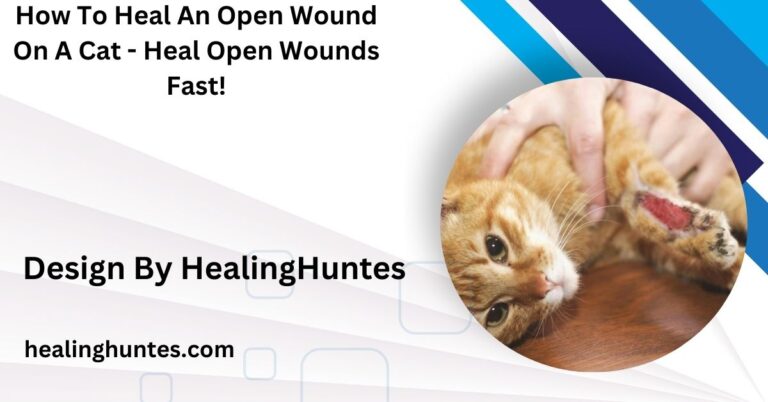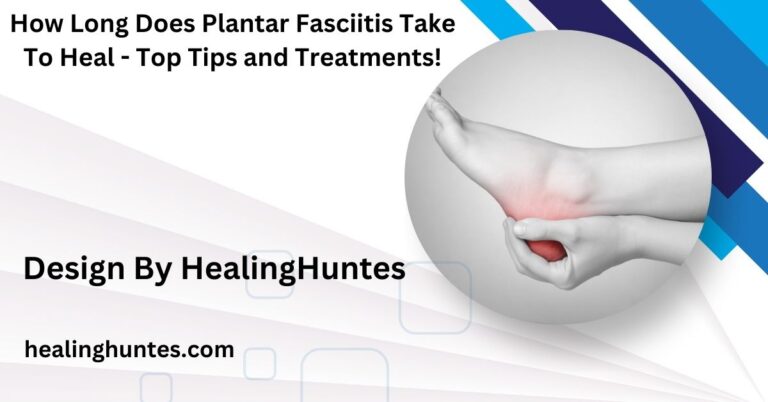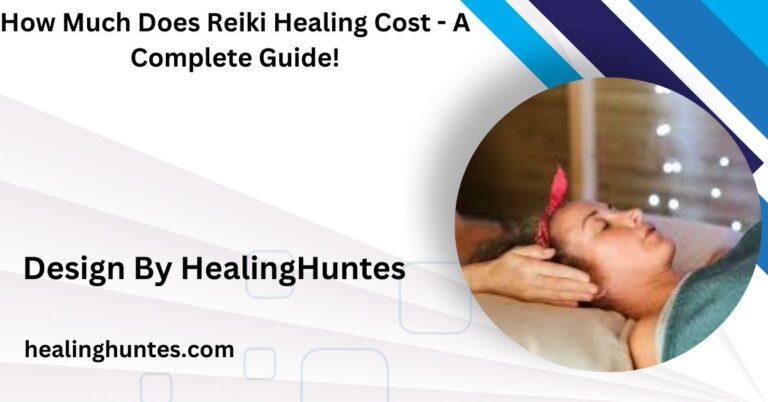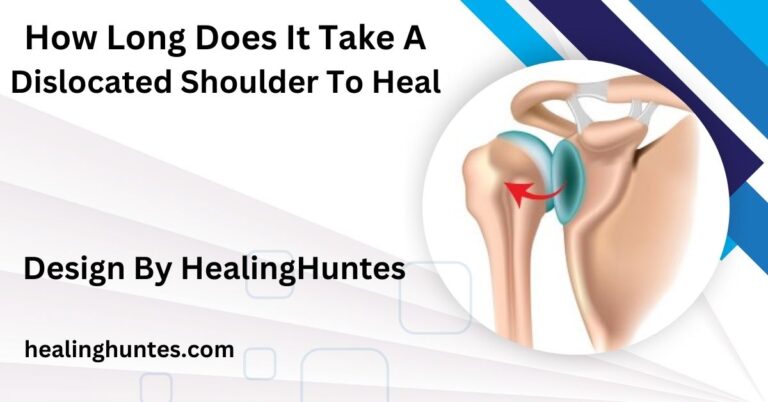Signs A Fissure Is Healing – Healing Fissure Symptoms!
Signs of a healing fissure include reduced pain, less bleeding, smoother skin, and easier bowel movements. Healing also shows through reduced spasms and increased comfort.
In this article, we’ll explore the key signs that indicate a fissure is healing, what you can do to speed up the recovery, and when to seek medical help.
Signs a Fissure Is Healing: How to Recognize Recovery Progress?
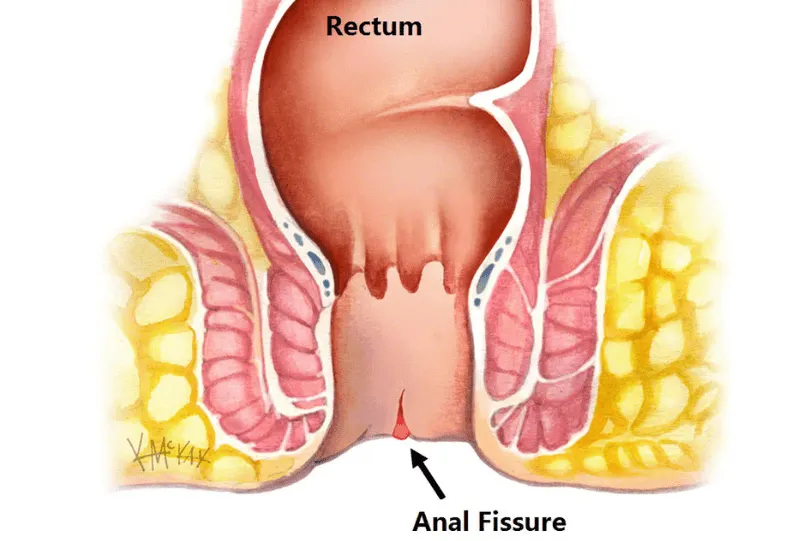
Fissures, particularly anal fissures, are small tears or cracks in the skin around the anus. While they can be painful and uncomfortable, the good news is that they often heal with proper care. Recognizing the signs that a fissure is healing can bring relief and reassurance during the recovery process.
Reduced Pain and Discomfort:
One of the first signs that your fissure is healing is a decrease in pain. Initially, fissures cause sharp pain, especially during and after bowel movements. As the fissure heals, you should notice:
- Less Intensity of Pain: The pain should gradually reduce in severity and frequency.
- Pain-Free Intervals: You may experience longer periods without pain, particularly between bowel movements.
Pain reduction is a positive sign, but it’s important to remember that some discomfort might persist until the fissure is fully healed.
Less Bleeding:
Bleeding is common when a fissure is initially present, typically seen in the form of small streaks of blood on toilet paper or in the stool. As the fissure begins to heal, the bleeding should diminish significantly.
Signs of improvement include:
- Reduced Blood on Stool or Toilet Paper: A decrease in blood after bowel movements indicates healing.
- No Blood for Extended Periods: If you go a few days or a week without seeing blood, it’s a good sign that the fissure is closing up.
However, a small amount of blood occasionally may still occur, especially if you strain during a bowel movement.
Also Read: How Long Will A Knee Sprain Take To Heal – A Comprehensive Guide!
Softer, Smaller Bowel Movements:
Fissures tend to worsen with hard or large stools, so one of the most noticeable signs of healing is a change in the characteristics of your bowel movements.
Signs that your fissure is healing include:
- Easier Passage of Stool: Softer, smaller stools that pass without excessive straining indicate less irritation and pressure on the healing fissure.
- Less Pain During Bowel Movements: As the fissure heals, you may find that you experience less or no pain when having a bowel movement.
To promote healing, it’s crucial to maintain a diet high in fiber, stay hydrated, and consider using stool softeners if recommended by your doctor.
Itching or Sensitivity Around the Fissure:

As the fissure heals, some people report a sensation of itching or mild irritation around the affected area. This can be a sign of new skin forming over the fissure.
If you experience:
- Mild Itching or Sensitivity: It may be an indication that the tissue is regenerating and repairing itself.
- A Tightening Feeling: As the fissure heals and the skin tightens, it may feel slightly sensitive or irritated.
While itching can be a normal part of the healing process, avoid scratching or irritating the area, as this can delay recovery.
Smooth Skin at the Fissure Site:
As the fissure heals, the skin around the tear should begin to look smoother and more intact.
Here’s what to look for:
- No Visible Cracks or Tears: As healing progresses, the fissure will gradually close up, and the skin around the area will appear more uniform.
- A Reduction in Swelling: Swelling and redness should decrease as healing progresses, and the affected area should appear less inflamed.
The transition from raw, irritated skin to more normal-looking skin is a good sign that the fissure is on the mend.
Improved Overall Comfort:
When a fissure begins to heal, you’ll likely feel an overall improvement in comfort.
Signs of this include:
- Less Discomfort While Sitting or Moving: As the fissure heals, sitting or moving should become less uncomfortable.
- Increased Mobility: The skin will feel less tight or tender, and you’ll be able to move without as much pain.
If your overall discomfort is diminishing, it’s likely that your fissure is healing well.
Also Read: How To Heal Cracked Corners Of Lips Fast – Proven Remedies!
No More Spasms:
Anal fissures can sometimes trigger muscle spasms in the anal sphincter, causing additional pain.
As the fissure heals, you should notice:
- Fewer or No Spasms: Muscle spasms, which often accompany fissures, should lessen or stop entirely once the fissure begins to heal.
- Less Tightness Around the Anus: A feeling of tightness in the anal area should gradually subside as the tissue heals.
If spasms are still occurring, it may indicate that the fissure is still healing, or that further treatment is required.
What to Do to Promote Healing?

While the signs above can indicate that a fissure is healing, it’s important to continue following practices that encourage recovery,
such as:
- Maintaining Proper Hygiene: Gently clean the area after bowel movements with warm water (avoid harsh soaps or wipes).
- Staying Hydrated: Drink plenty of water to ensure softer stools.
- Dietary Fiber: Eating a fiber-rich diet helps avoid constipation and reduces strain during bowel movements.
- Topical Treatments: Over-the-counter creams, prescribed medications, or sitz baths can aid in healing.
- Avoiding Straining: Try not to strain during bowel movements. If necessary, use stool softeners or laxatives as recommended by your healthcare provider.
Lenovo Yoga 7 Assassin’s Creed Valhalla – Play Assassin’s Creed Valhalla With Ease!
When to Seek Medical Help?
If your fissure isn’t improving after a few weeks, or if you experience severe pain, excessive bleeding, or recurrent symptoms, it’s important to consult a healthcare provider.
Signs that you should seek medical advice include:
- Persistent or Increasing Pain
- Heavy Bleeding or Blood Clots
- No Improvement After Several Weeks
- Signs of Infection (redness, pus, fever)
In some cases, chronic fissures may require additional treatments, such as medication or surgery.
FAQ’s
1. How can I tell if my fissure is healing?
Signs of healing include reduced pain, less bleeding, smoother skin, and easier bowel movements.
2. Is some pain normal during healing?
Yes, mild discomfort may persist, but the pain should decrease over time.
3. What if I still see blood after a few days?
A small amount of blood may still appear, especially if you strain, but it should gradually reduce.
4. Can itching around the fissure be a sign of healing?
Yes, mild itching or sensitivity can indicate new skin forming and the healing process.
5. When should I see a doctor about my fissure?
Seek medical help if you experience persistent pain, heavy bleeding, or no improvement after a few weeks.
Conclusion
Recognizing the signs that your fissure is healing can provide you with peace of mind during the recovery process. Keep an eye out for reduced pain, less bleeding, smoother skin, and overall comfort. With proper care, most fissures heal within a few weeks, but if you notice any complications or prolonged symptoms, don’t hesitate to reach out to a healthcare provider. By following the right steps and monitoring your progress, you can speed up the healing process and prevent further discomfort.

